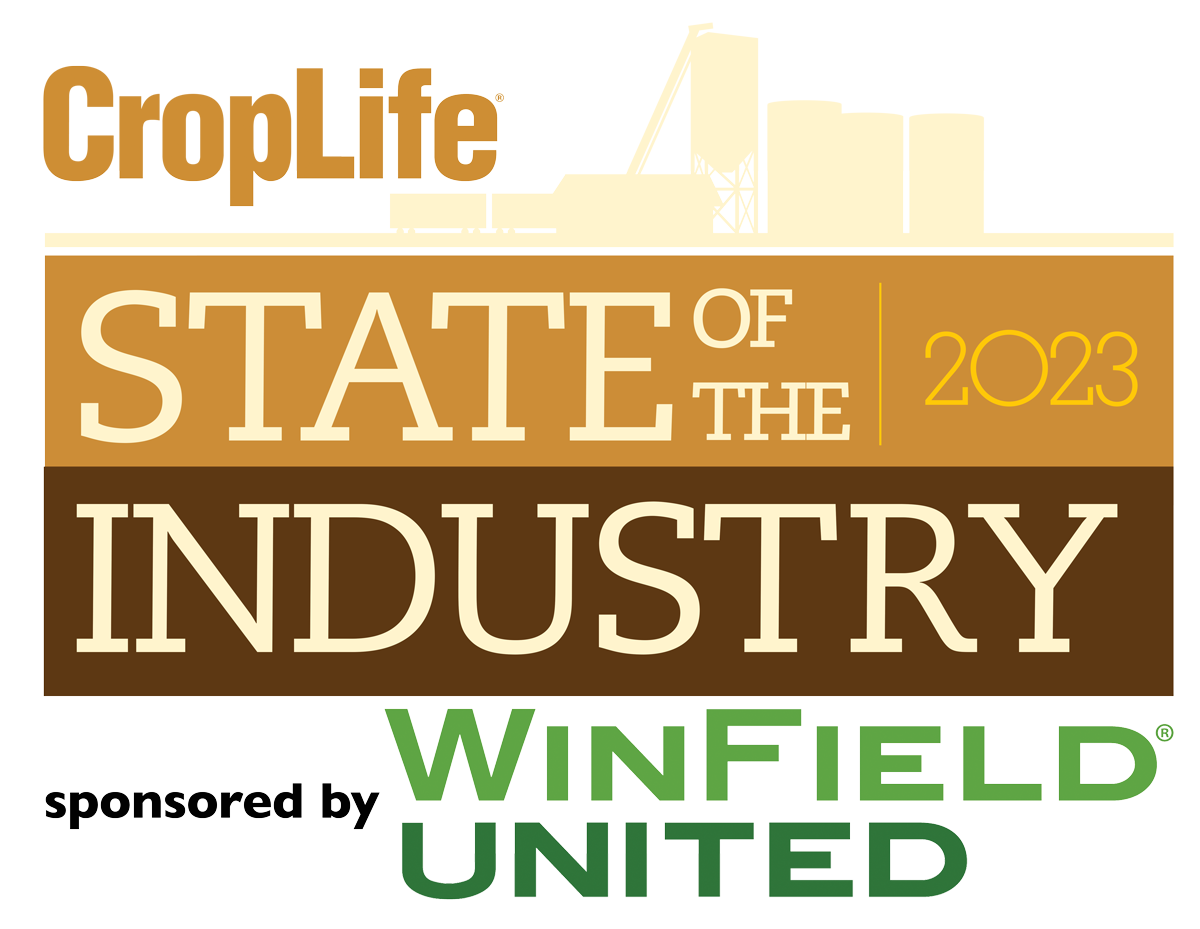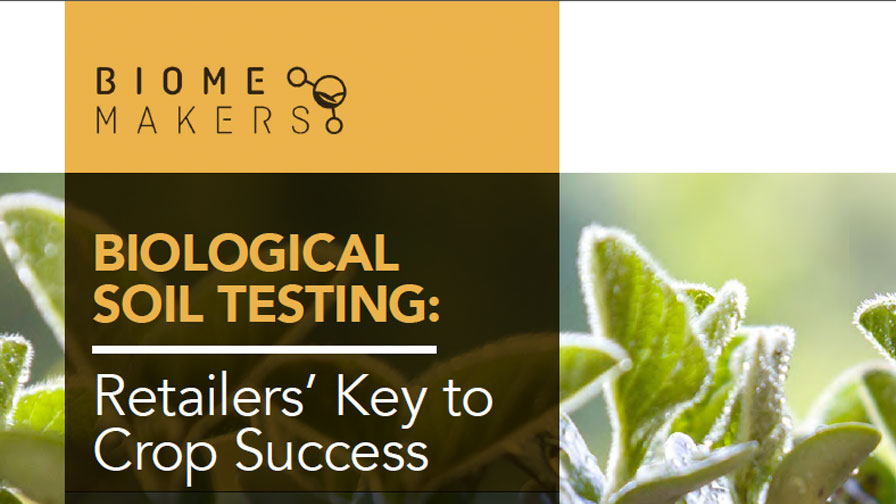How Ag Retailers, Growers Are Getting the Most Value From Seed

Farmers are paying more for seed in 2023. Procuring the desired seed and optimizing its value are more important than ever.
“Like most inputs, seed is one that is costing us more to produce, process, and ship. At the same time, it’s costing more for farmers to plant due to rising fuel, labor, and other input costs,” says Scott Beck, President of Beck’s Superior Hybrids.
“Across the board, most companies have taken a price increase that is necessary.”
In terms of delivering value, “seed is an input that delivers high value as a percentage of the revenue that the farmer gets off the acres that he plants,” says Beck.
About five years ago, the cost of seed was approximately 20% of what a farmer’s revenue was on a per acre basis, he explains. Even with the roughly 10% price increase that Beck’s applied to its corn, the seed cost as a percentage of revenue is now down in the 10% to 11% range.
“Today, the value of seed is even greater because of genetic improvements, and new traits and technologies that the farmer can use. Yet in Beck’s scenario, even with the price increase we took, the overall seed costs are lower as a proportion of revenue,” he says.
Jake Larson, Seed Treatment Manager for Asmus Farm Supply, says customers are acting earlier to procure seed.
“People are doing things earlier, whether it’s seed, chemicals, or fertilizer.”
The tightness in chemicals and fertilizer in some markets has raised awareness about potential supply issues, says Larson, and customers are taking action quicker and earlier on the seed side to “lock things in.”
This is putting more pressure on ag retailers.
“Normally, we don’t do anything until mid-December. However, once someone hears that we have a seed price, or a chemical price, they’re beating down the door. They’re lined up,” he says. “On the sales side, you’re trying to get a lot done is a very small window.”
Meanwhile, “On the operations side, there’s a lot more pressure on the retailer because everyone has big planters, fast planters, and with the different weather we’ve had the past couple of years it seems that everyone has too much to do and too little time to do it,” says Asmus Farm Supply’s Larson, referring to the Midwest’s extremely wet 2018 and 2019, followed by relatively dry years thereafter.
“So, when the weather is good, farmers are going 20 hours a day, and we need to service and support them to keep them going,” he says.
At Beck’s Superior Hybrids, the field shows that take place in August coupled with the company’s Becknology Days get customers in a buying mode, says Beck.
“These events bring the customers to us to learn about agronomy, our new products, and programs, and they also place orders. In addition, in 2021 and 2022, we offered several incentives for customers to place orders early,” which was successful, he says.
Beck notes that most companies experienced a relatively good seed quality year in 2022, with larger and denser seed weight and size in many cases.
For 2023, Beck expects “that farmers will be planting more large rounds, and more large and medium rounds that will be heavier than normal.”
Furthermore, “It will be important for them to be aware of that to make sure they have the right planter plates and that they monitor their equipment during the first field they plant to make sure they’ve got their pressure set right, that they’re using talc or graphite, whichever the manufacturer recommends using for flowability, and that they have their meters set up to handle larger and denser seed,” if they in fact get that grade size for the hybrid they want to plant.
However, the availability of larger and denser seed is not necessarily a reason to change hybrids, says Beck.
“Planting the right hybrid is still going to be the right choice. You just have to be aware of how to manage the larger seed and do it effectively so that you get the most out of the hybrid you’re planting and it doesn’t become a detriment to yield because of skips or doubles.”






